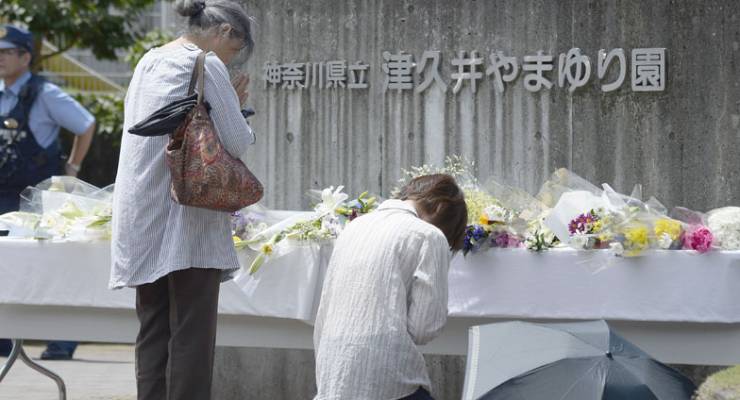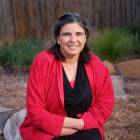
This morning’s Canberra Times report about the use of restraints upon disabled people includes horrifying descriptions from a former care worker who says that her job turned her into a “monster” who tied up a disabled young woman on the instructions of the client’s mother.
The CEO of Canberra-based Advocacy for Inclusion, Christina Ryan, describes such abuse as routine and is quoted as contrasting the government’s failure to implement last November’s Senate committee recommendation for a royal commission into violence, abuse and neglect of people with disabilities with Malcolm Turnbull’s swift announcement of a royal commission into abuse at the Don Dale detention centre.
But of course, like the widespread abuse of disabled people, the abuse committed at Don Dale had been on the public record for years. It only became a national scandal when the footage screened by Four Corners brought home the level of brutality involved in the forcible restraint of children in the corrections system. The information about the abuse made no impact without the images.
Disability activists like Carly Findlay in Fairfax’s Daily Life have asked why the murders of 19 residents of a care home for the disabled in Japan received so little attention in comparison with similar mass killings in Paris, Nice and Orlando. As she notes, there was no public outcry, no prayers, no discussion of the ideology that led to this hate crime. And this relates to the (in)visibility of disabled men, women and children in life as much as in death.
The murders at the care facility in Sagamihara are terrifying in their intimacy. These were not random victims who had the misfortune to be passing through an airport or taking public transport or turning up to work at the World Trade Center. The Sagamihara victims were not only collectively targeted for murder on the basis of their disabilities, but each one of them was also specifically selected by a killer who had worked in their home and contributed to their care. He must have recognised at least some of his victims. It’s chilling to think that they may also have recognised him.
Yet in the media coverage of the attack, the victims are almost entirely anonymous, their identities withheld at the request of their families, with a police official stating that the names had not been released because of the “special nature” of the facility. Their disability was a source of shame to their loved ones, with the grief-stricken father of one 60-year-old woman telling The Asahi Shimbun newspaper that he and his wife had placed her in institutional care during her teens for fear that her cerebral palsy would affect the marriage prospects of other family members.
Even had editors wished to provide greater space to the Sagamihara murders, they were faced with a lack of human interest content about the victims. The only information released by the authorities was that they ranged in age from 19 to 70 and included nine men and 10 women. By contrast, reports about the murder of a priest by Muslim extremists in France were able to include not only photographs of the victim and interviews with grief-stricken parishioners, but also footage of Father Jacques Hamel himself, undertaking the religious practices for which he was murdered. In Sagamihara, on the other hand, a disabled woman told the media that she was unable to find out whether or not her friend was numbered among the dead or injured.
The public performance of grief ought not to be forced upon the bereaved, and medical information should remain private. Nor should we need to see CCTV footage of abuse before we are shocked into taking action against it. But invisibility is both a form of abuse in itself and a means of enabling further abuse. The man who killed the residents of Sagamihara said in his manifesto that he wanted to make disabled people “disappear”.
They had disappeared even before he broke into their home, knife in hand.








I think it’s more sad for us than for the victims that we ignore them. Thank you for the reminder.